Dermal Fillers
Filler treatments that can be effectively utilized in a wide range of areas on the face as well as the hands.
Dermal Fillers Benefits
- Youthful Restoration: Revive volume, lifting and rejuvenating sagging skin.
- Wrinkle Reduction: Softening lines and creases for smoother skin.
- Natural Enhancements: Skillful application for subtle, surgery-free rejuvenation.
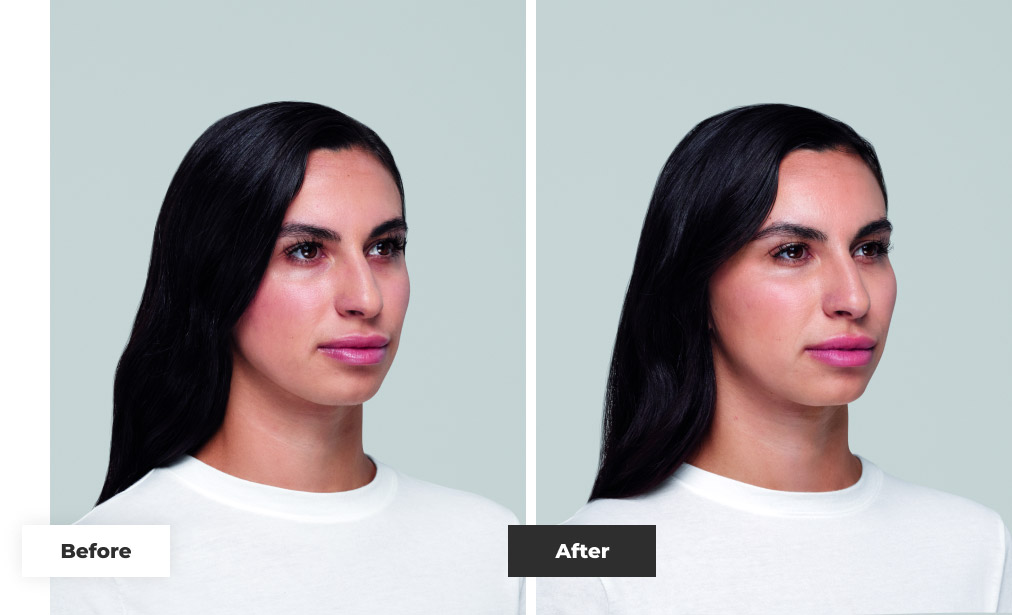
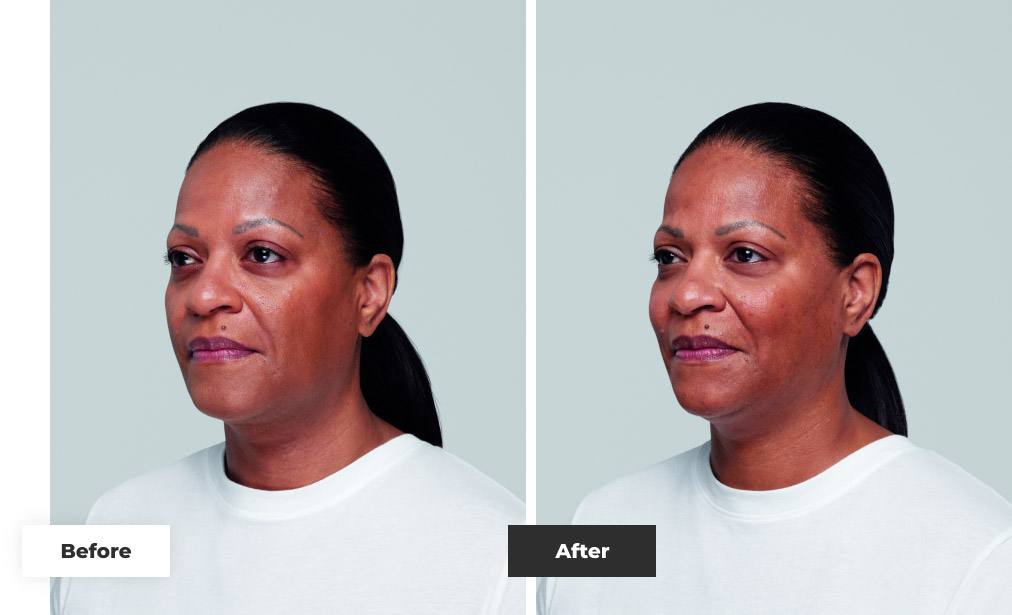
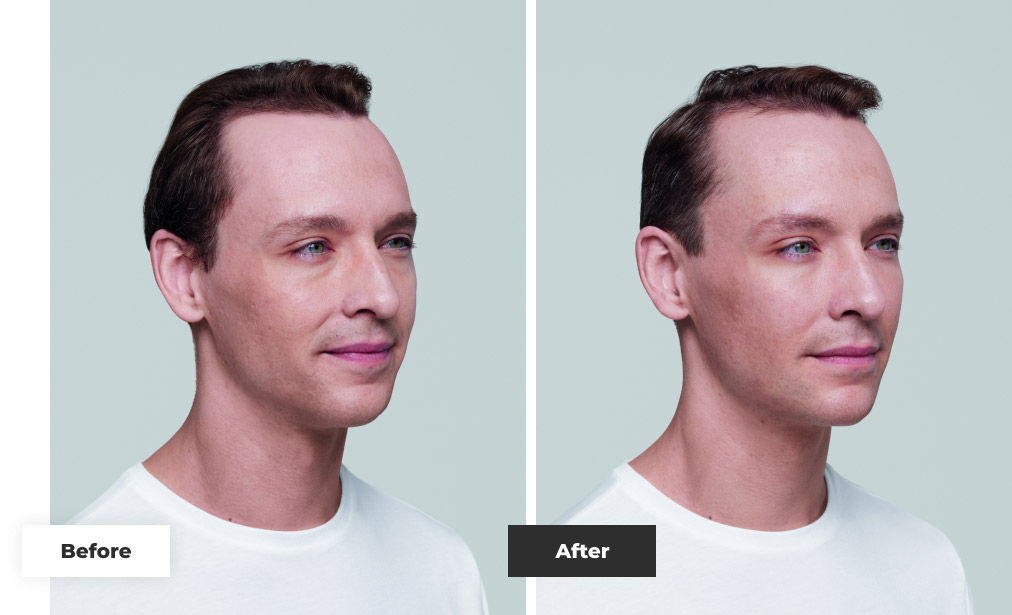
Dermal Fillers help with
Dermal fillers can help you get rid of wrinkles, facial lines, effects of aging skin and much more.
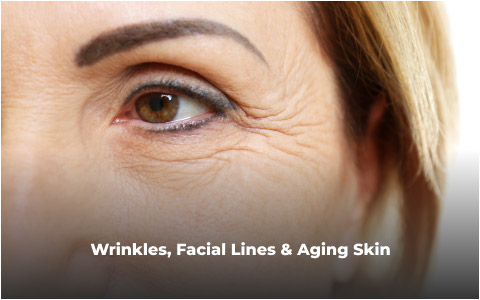
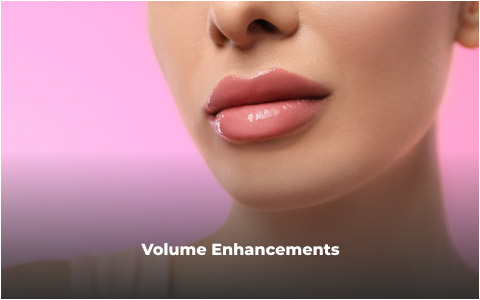
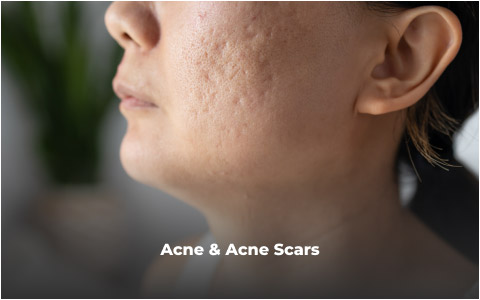
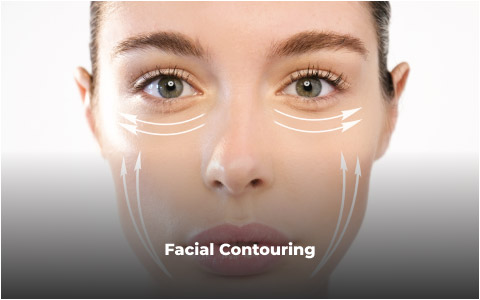
How do Dermal Fillers work?
Dermal fillers work by injecting a gel-like substance into specific areas of the skin to restore volume, smooth wrinkles, and enhance contours.
The injected material, which is usually hyaluronic acid, collagen, or other biocompatible substances, adds volume and hydration to the treated area.
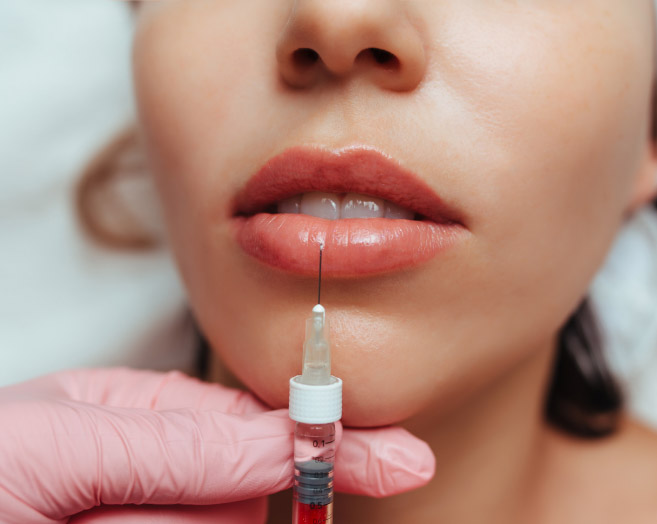
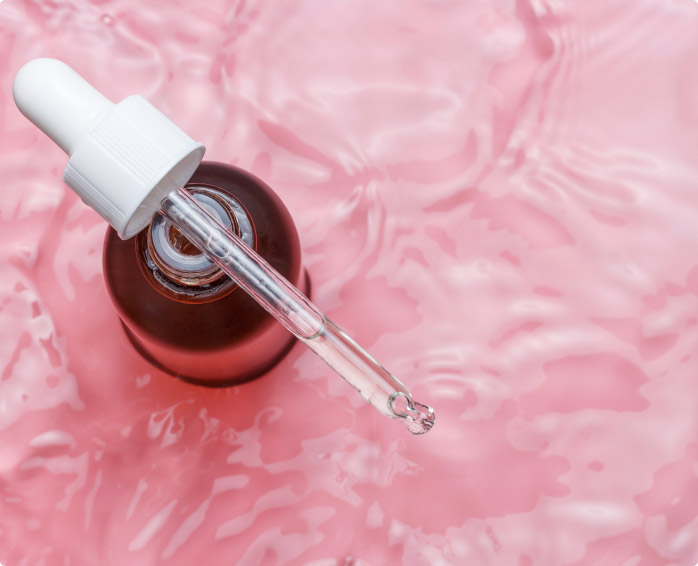
Brands we use:


Hyaluronic Acid Benefits
- Deep Hydration: Retains water, deeply hydrating the skin for a plump appearance.
- Wrinkle Reduction: Minimizes fine lines and wrinkles, promoting smoother skin.
- Volume Enhancement: Adds fullness, rejuvenating contours for a youthful look.
Frequently Asked Questions
Hyaluronic acid (HA) dermal fillers can be effectively utilized in a wide range of areas on the face as well as the hands. Hyaluronic acid (HA) is a natural component found in our bodies. However, over time, it naturally breaks down. This gradual degradation could necessitate retreatment to maintain the desired results.
Dermal fillers serve various purposes, including:
- Addressing moderate to severe wrinkles and folds
- Treating nasolabial folds
- Enhancing cheeks and lips
- Correcting contour deficiencies related to aging
- Smoothing perioral lines or lines around the mouth
- Alleviating infraorbital hollowness
- Enhancing the chin
- Augmenting the jawline
These versatile applications make dermal fillers a versatile solution for achieving a range of aesthetic goals.
Typical patients are over the age of 21 years old
Prior to undergoing the procedure, there are a few essential steps to take:
- During a consultation with your provider, you’ll have the opportunity to discuss your goals and desired outcomes from the procedure.
- Your provider will thoroughly review your health history to ensure there are no contraindications that might prevent you from receiving dermal fillers on the scheduled day of the procedure.
By engaging in these preparatory measures, you’re helping to guarantee a safe and effective dermal filler procedure tailored to your needs and circumstances.
Throughout the procedure, certain steps are followed to ensure your comfort and achieve optimal results:
- Topical numbing will be applied to ensure your comfort during the procedure, typically requiring around 30-45 minutes.
- The provider will take before and after photos, documenting your treatment progress and outcomes in your medical record.
- Dermal filler will be skillfully administered using specific techniques tailored to the area you wish to have treated.
- Tiny needles are employed to accurately deliver the filler product to your desired treatment areas.
- It’s important to note that only a limited amount of hyaluronic acid (HA) filler can be utilized for a particular area. This may necessitate multiple visits to achieve your desired outcome.
By meticulously following these steps, the procedure is designed to deliver both a comfortable experience and satisfying results tailored to your preferences.
Following the procedure, the use of ice is a common practice to help reduce swelling. You’ll also be provided with post-procedure gel, which should be applied topically as necessary to minimize both bruising and swelling. The healing process can span from 7 to 14 days. If any adjustments are required, these will typically be conducted 3 to 4 weeks after the procedure to ensure the best possible results.
Frequently observed side effects encompass swelling, redness, pain, bruising, headache, tenderness, formation of lumps, and itching at the injection site. Additionally, there might be impaired hand function. While uncommon, serious side effects include infections that have a delayed onset, recurrence of herpetic eruptions, vascular occlusion, and superficial necrosis at the injection site .
Although the probability is low, there is a potential for unintentional injection into a blood vessel, which can lead to significant and possibly permanent complications such as vision abnormalities, blindness, stroke, temporary scabs, or lasting scarring of the skin. As with all procedures involving skin injections, there exists a risk of infection.
- Anyone taking blood thinners
- Medications that suppress your body immune system
- Existing skin infections, pimples rashes, hives, or cyst until healing is complete
- Anyone with uncontrolled diabetes or impaired wound healing
- Anyone who has had facial surgery or HA filler in the past 4 weeks
While immediate results are noticeable, it’s important to consider that swelling might impact the final outcome.